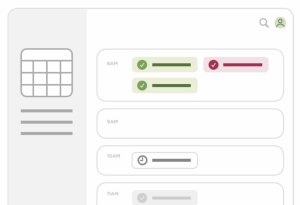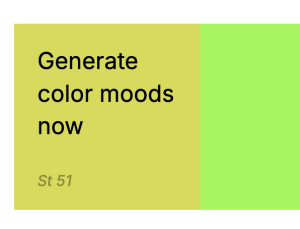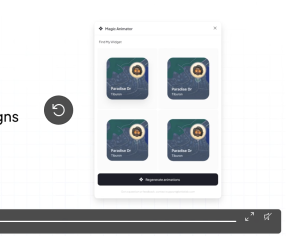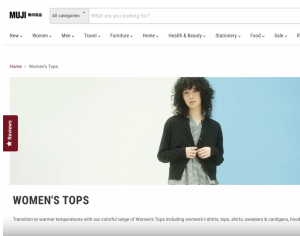Design Patterns For AI Interfaces
Designing a new AI feature? Where do you even begin? From first steps to design flows and interactions, here’s a simple, systematic approach to building AI experiences that stick. More design patterns in our Smart Interface Design Patterns, a friendly video course on UX and design patterns by Vitaly — from complex data tables and nested filters to FAQs and error messages.












